Environmentally conscientious aquaculture concept being developed
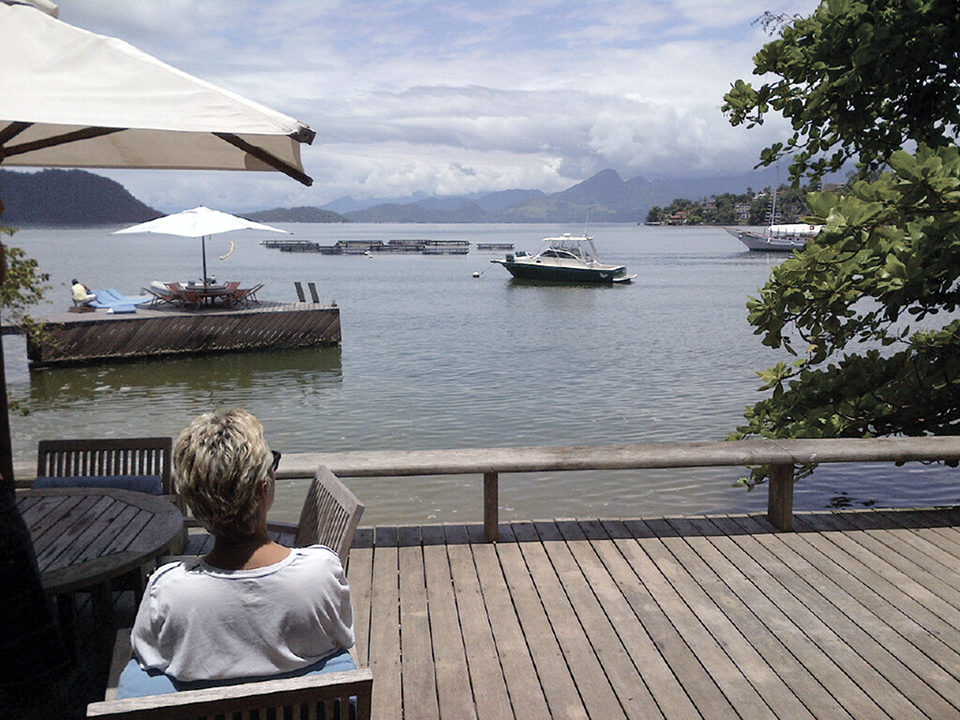
After numerous ambitious but failed attempts to develop commercial marine fish aquaculture operations in Brazil, a novel concept is being successfully implemented in more affluent regions of the country: “boutique” farming. It is practiced at relatively small family-owned farms, generally located in beautiful areas and run by business entrepreneurs and professionals who fully understand and appreciate the concepts of environmental sustainability and ecological efficiency. It is fair to state that environmental concerns are driving the development of this small-scale, yet already thriving local industry as much as the profitability of the operations.
Niche production
The market for high-quality seafood in Brazil is ewxpanding exponentially along with the economic boom experienced in recent years. Indeed, fresh whole cobia and snook sell locally for $13.50-18.00/kg. Experts believe the seafood market potential in Brazil is extraordinary, and local entrepreneurs are taking advantage of this.
Boutique farms or “granjas boutique,” as they’re known locally, are growing high-value species such as cobia, Rachycentron canadum; snook, Centropomus parallelus; and red grouper, Epinephelus species. The round or rectangular low-volume floating cages are deployed in arrays of six to 12 cages moored in waters of 15- to 30-m depth. In addition to the large number of high-end beach resorts in the region, the farms are targeting high-end restaurants and top seafood outlets in Rio de Janeiro and São Paulo, where cobia is considered a gourmet fish.
These restaurants have well-traveled and sophisticated clientele who prefer the quality and full flavor of fresh, plate-size whole fish rather than the processed fillets typically found in the market at large. This is advantageous to the economic viability of these small farms because cobia, snook and grouper can reach market sizes of 300 to 400 grams in a year or less.

Excellent conditions
The area that comprises Angra dos Reis, Paraty, Ilhabela and Ilha Grande – located between Rio de Janeiro and São Paulo states – is keen on capitalizing on its extraordinary environmental conditions. The region is characterized by protected bays of adequate depths with sufficient currents and water circulation, favorable physical and chemical water parameters throughout the year, available logistics and infrastructure, as well as proximity to markets and available technology.
The region is traditionally a fishing area, where artisanal fishermen thrived until recent years, when the wild fisheries for several species of snapper, grouper, mullet and other commercial species declined. Displaced fishermen are now in need of jobs.
The practice of oyster culture is already an ongoing tradition in the region. A couple of small marine fish hatcheries and cage farms are now thriving in the area. Given the favorable environmental conditions, sustainable aquaculture development clearly presents an enormous potential to bring further social and economic benefits to the region.
Rational development
With its various important fishing and resort areas, the region needs to be mapped out to identify suitable areas for aquaculture development. An ongoing combined effort by the private sector and local and state governments to map the coastal area in detail should avoid conflicts with other industries, including tourism, fishing, diving, boating and residential development.
Low-energy bays and estuaries are obviously not recommended for fish farming. However, distant isolated areas of the coast have great features for both shellfish and marine fish farming. Their water depths, temperatures and currents are very favorable for the development of commercial aquaculture.
According to a preliminary evaluation conducted by the author and colleagues in the region, several sites could be identified for the development of a sustainable industry. It would be relatively easy to develop and implement a coastal management plan while mapping all existing activities in order to avoid conflicts with other sectors of the society.
Improved feeds, official support needed
It is well known that the most ecologically sensitive inputs for commercial aquaculture are fishmeal and fish oil – the basic raw materials used to formulate and manufacture feeds for farmed fish. Feeds are also known for being the most expensive input for carnivorous fish aquaculture, accounting for 60 to 70 percent of total operating costs.
To that end, the region of Angra dos Reis is one of the most important fishing grounds of sardines (Sardinella brasiliensis) in the country, producing 25,000 to 35,000 metric tons (MT)/year – primarily for canning. It has been found that about 500 MT/year of those sardines are considered “waste” and discarded back into the sea, incurring significant economic losses for energy and labor costs and likely generating considerable organic pollution. These wasted resources have been identified as a valuable source of raw materials in both ecological and economic terms.
Good-quality dry extruded feeds are available, but they tend to be very expensive and not formulated to meet the specific nutritional requirements of the species cultured. Therefore, efforts are being conducted by nutritionists and producers to start using the discarded sardines as a key ingredient in manufacturing high-quality semi-moist and dry feeds specifically formulated for the nutritional requirements of cultured species at different life stages.
Government support would be crucial for the sustainable development of this industry in the region. Indeed, some important infrastructure, such as a fish-processing plant, is still missing. A processing plant would have the additional benefit of processing wild-caught fish and could generate dozens of new jobs in the region. Such investments are important, and without them the industry could not be developed.
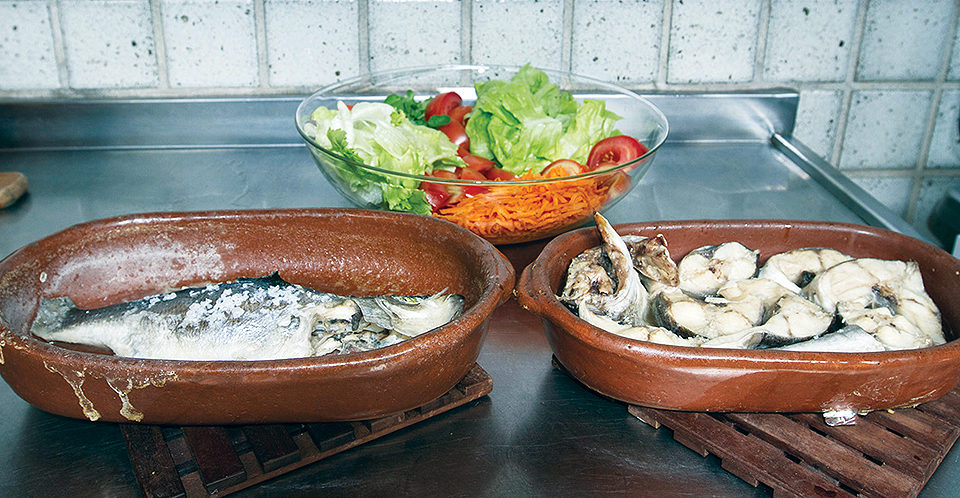
Perspectives
Aquaculture is internationally recognized as the future of seafood production. Brazil has a coastline extending over 8,000 km with suitable areas of immense potential for aquaculture development. The region of Angra dos Reis and vicinities could become a hub for the development of sustainable aquaculture of tropical marine species of high commercial value. This decision would surely generate a large number of jobs and provide enormous social and economic benefits to the region.
(Editor’s Note: This article was originally published in the March/April 2014 print edition of the Global Aquaculture Advocate.)
Now that you've reached the end of the article ...
… please consider supporting GSA’s mission to advance responsible seafood practices through education, advocacy and third-party assurances. The Advocate aims to document the evolution of responsible seafood practices and share the expansive knowledge of our vast network of contributors.
By becoming a Global Seafood Alliance member, you’re ensuring that all of the pre-competitive work we do through member benefits, resources and events can continue. Individual membership costs just $50 a year.
Not a GSA member? Join us.
Author
-
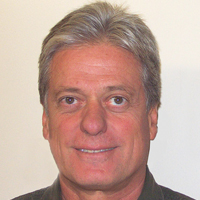
Daniel Benetti, Ph.D.
University of Miami
Rosenstiel School of Marine and Atmospheric Science Aquaculture Program
4600 Rickenbacker Causeway
Miami, Florida 33149 USA
Tagged With
Related Posts
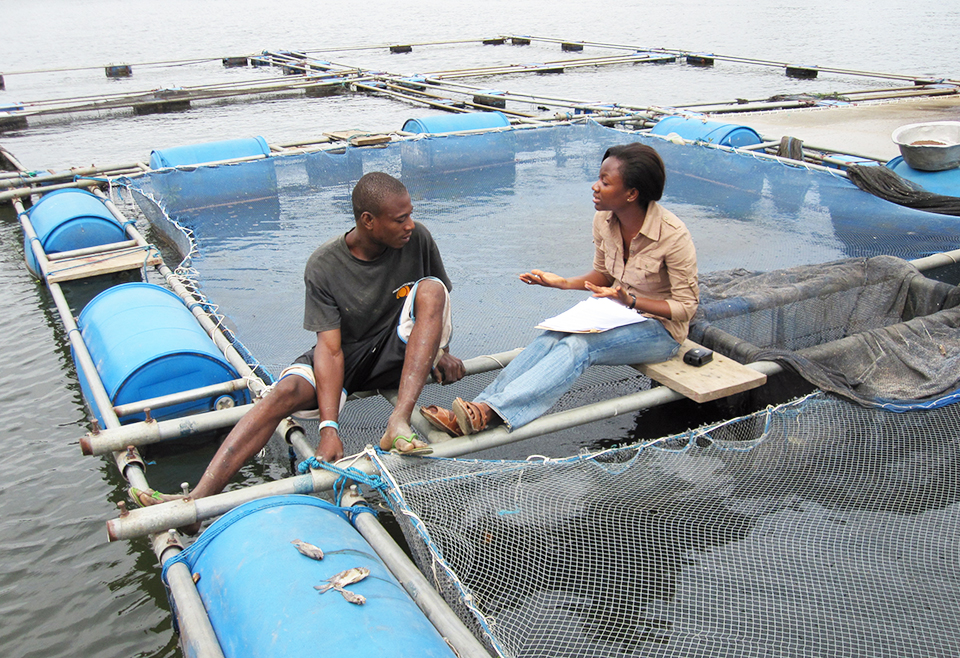
Health & Welfare
A look at tilapia aquaculture in Ghana
Aquaculture in Ghana has overcome its historic fits and starts and is helping to narrow the gap between domestic seafood production and consumption. Production is based on Nile tilapia.
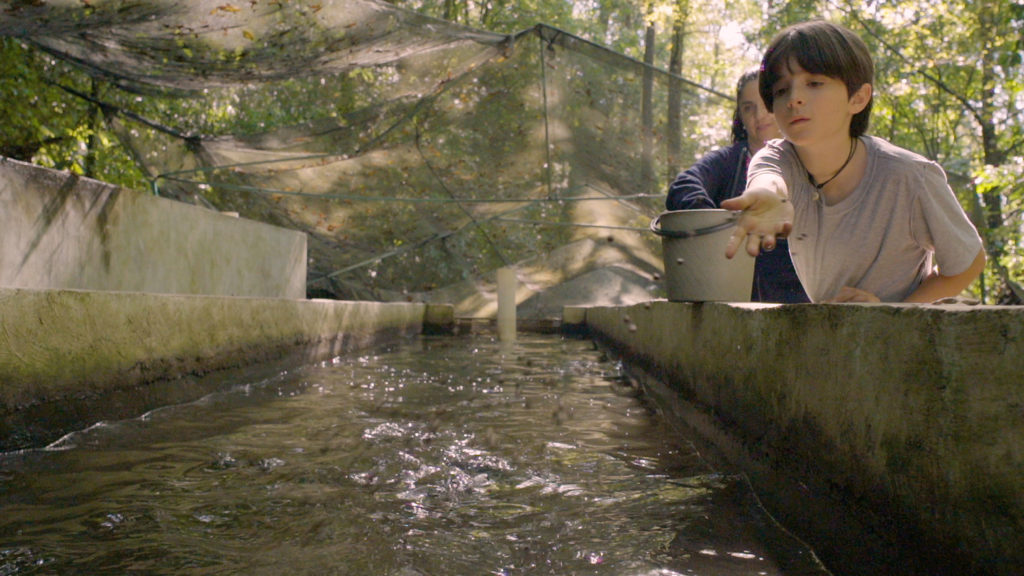
Intelligence
A motive, and a market, for farmed fish in Mexico
Boasting ample areas for aquaculture and a robust domestic demand for seafood – not to mention its close proximity to the U.S. market – a land of opportunity lies in Mexico. Fish farming is primed to meet its potential south of the border.
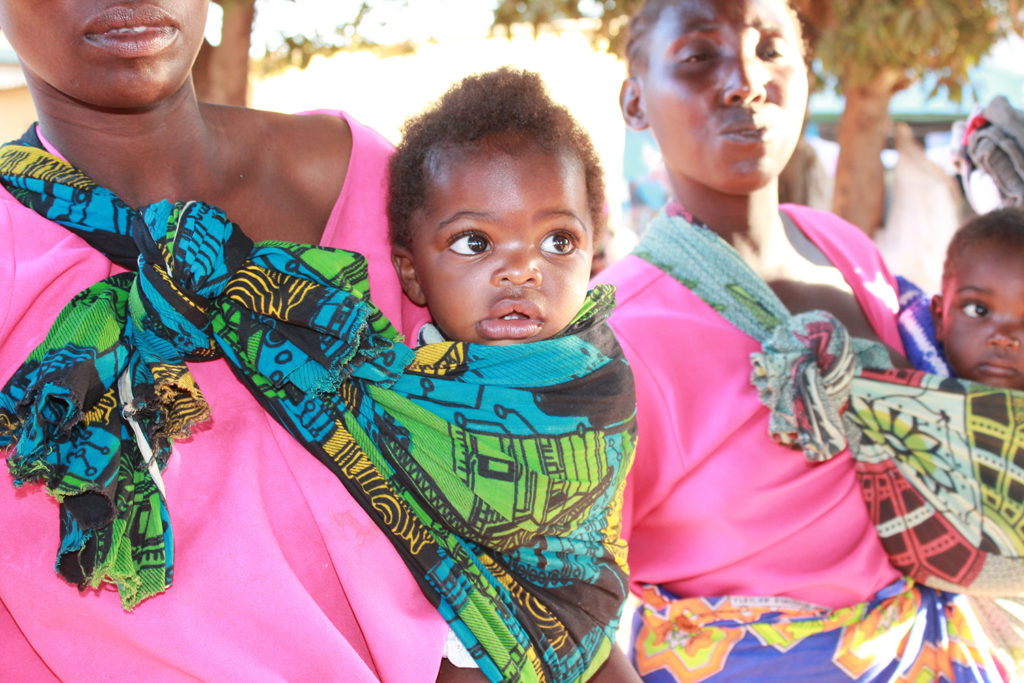
Responsibility
An African prison where fish will be farmed and lives saved
A nonprofit organization working to improve conditions in African prisons is hoping tilapia ponds, tended to by inmates, will aid in their nutrition. A small donation from the Global Aquaculture Alliance will go a long way.
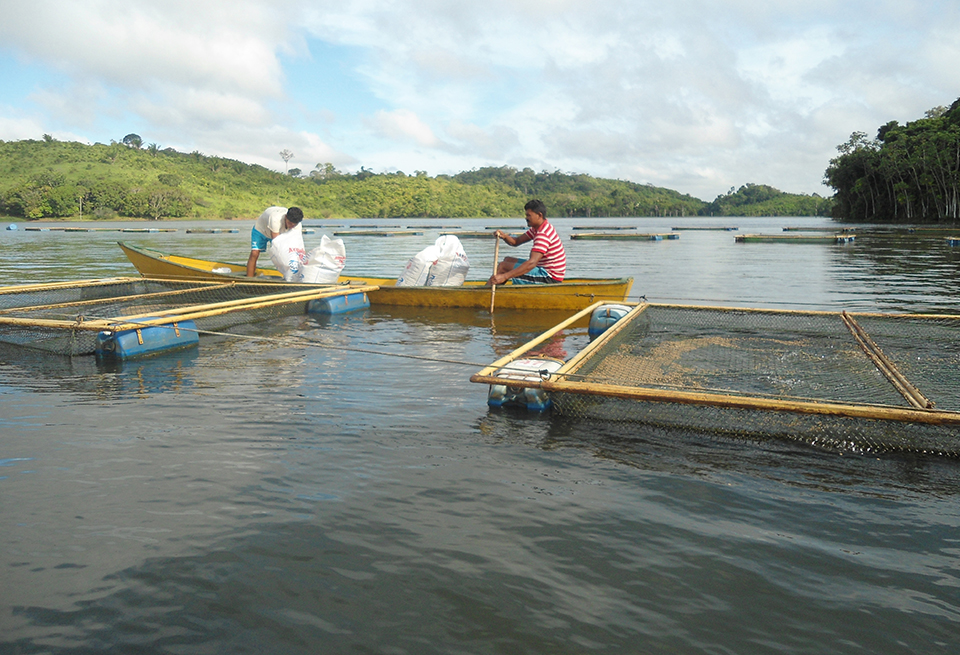
Innovation & Investment
Aquaculture planning, development in Brazilian federal waters
The aquaculture industry in Brazil is moving toward further expansion with the support of the federal government. A key strategy of the More Fishing and Aquaculture plan is the development of aquaculture in federal waters. The plan promotes sustainable development of fisheries and aquaculture by linking those involved and consolidating state policies addressing social inclusion, security and food sovereignty. Tilapia is the main farmed fish, although tambaqui and others have potential for large-scale production due to their wide acceptance by consumers.


